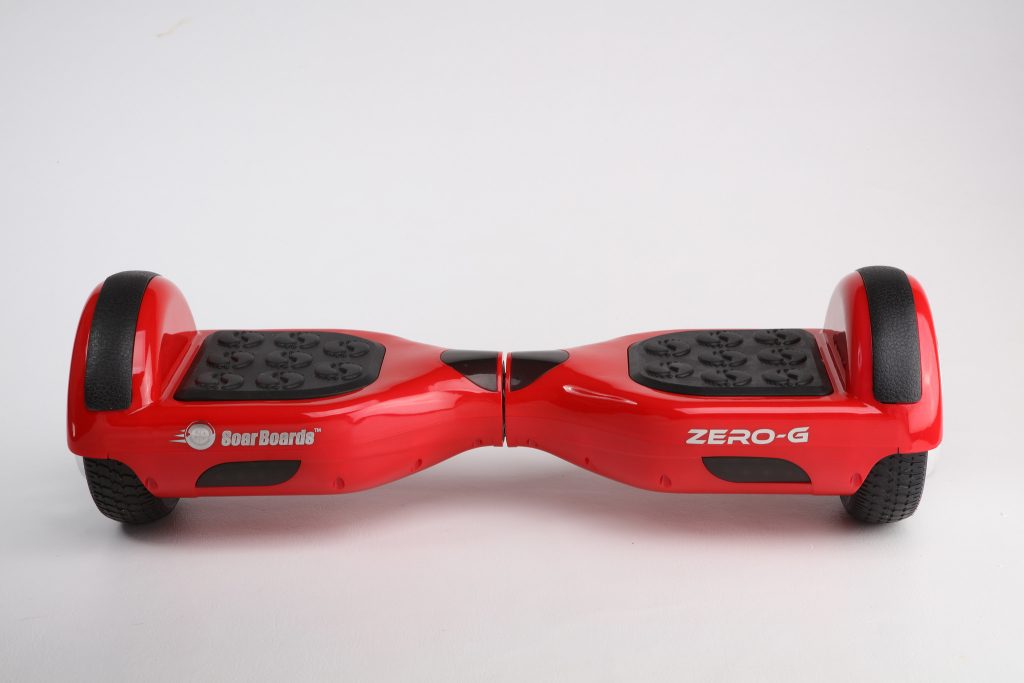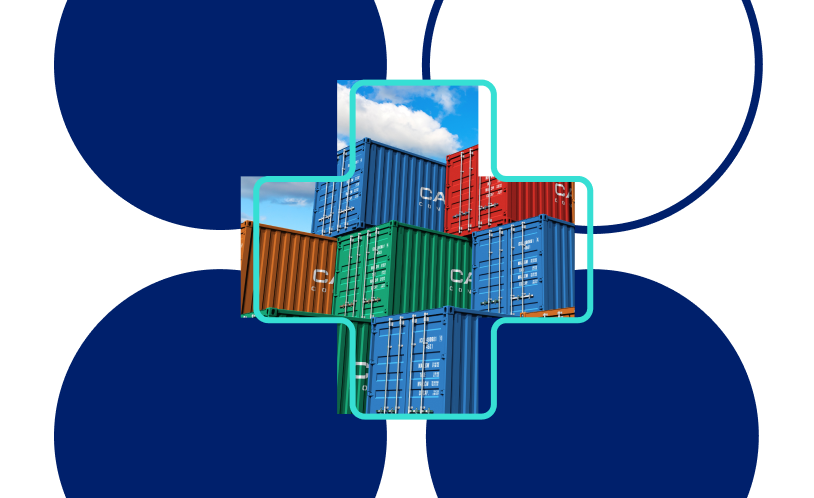Amazon has 27 airplanes and 258 supply chain facilities in the United States. Alibaba just announced $15 billion dollars to be invested in its global logistics network.
Meanwhile, brick-and-mortar stores shut down in droves. Just this April, Credit Suisse reported that over 8,600 brick-and-mortar stores may shutter their doors in 2017.
But “Retail Apocalypse” is a misnomer.
Digital channels may spell trouble for traditional retailers but it also represents evolution, giving Asian and Indian manufacturers a global reach. And at the heart is a battle being waged between Alibaba and Amazon, both via very different strategies.
Take Fidget Spinners
Look no further than 2017’s spinner craze, with over 200 million sold after their February debut. Global supply chains responded quickly – over 200,000 spinners were available from Alibaba retailers and upwards of 8,000 sellers on Amazon.
Short lived, the fidget frenzy was just the latest consumer fad to push global production into overdrive, like 2015’s hoverboards. Riding this wave were droves of Chinese or Indian manufacturers that can now tap into digital platforms to source, import and sell directly to SMBs or consumers online. Unsurprisingly given their bankruptcy just months later, it took Toys R Us months to stock spinners.

Two Retail Paths Diverged In The Forest…
Alibaba and Amazon are at the heart of the new digital sourcing and retail, both with very different methods. Alibaba connects global businesses and consumers as the world’s largest virtual middleman, while Amazon is becoming a global player that controls everything from manufacturing to sales and physical logistics.
Here’s how Amazon and Alibaba’s different business models play out from the perspective of two little spinners.
The Alibaba Method
For the Alibaba spinner, take Xiamen Denghong Electronics, one of millions of Alibaba sellers. All we know from their profile is that they have at least 11 transactions over the past year, and they sell light-up spinners in bulk for about $2/each. The retailer can sell via a plethora of websites – their own website, AliExpress or they can use a platform like the Freightos Marketplace to arrange shipping to the US online. With platforms like ShipBob, they can overnight the spinner to the fidgety Floridian consumer. In other words, Alibaba just connected two small businesses around the world, while third-party businesses arranged transportation and logistics. Alibaba never touched the product. Of course, this may change, given recent Alibaba investment.
The Amazon Model
Amazon’s model couldn’t be more different.
For third-party sellers, Amazon is there every step of the way. It’s difficult to track down individual Amazon sellers but let’s assume that WuyiMC is a Chinese seller, like close to 25% of Amazon Europe marketplace sellers. Amazon’s licensed NVOCC (ocean freight forwarder), Beijing Century JOYO Courier Service, imports the spinners from China, where they are delivered to a California Amazon fulfillment center. Amazon airplanes then whisk them via the future Amazon hub in Kentucky to the local FBA distribution center in Lakeland, Florida, before delivery in Miami Beach overnight … by an Amazon delivery man.
A Tale of Two Potential Logistics Giants
Both Alibaba and Amazon’s course may doom retailers. Or it may help them succeed like never before.
Last September, Cainiao Network, now a logistics arm of Alibaba, held its second funding round for $7.5 billion dollars, while aggressively partnering with logistics companies worldwide. And just last week, Jack Ma committed to investing $15 billion more in logistics.
Alibaba Chairman Jack Ma’s ambitious plan involves expanding the platform to enable six million small businesses to sell across borders, delivering products globally within 72 hours, and building up to 1.2 billion customers outside China. This is Alibaba’s vision of global retail, playing the role of a global intermediary across both B2C and B2B channels for small and midsize businesses worldwide.
Amazon’s Jeff Bezos’ vision may go in a polar opposite direction.
Already providing the infrastructure for Chinese sellers’ customs, warehousing, distribution and sales, Amazon is also rapidly expanding dozens of private label lines, from fashion to health food. Amazon has spent 25 years evolving from sales to warehousing and finally to in-house product brands. While small business vendors account for some 50% of all Amazon sales, Amazon is still, after all, looking out for itself. 46% of US households have Amazon Prime subscriptions, forming the backbone of demand that could push Amazon’s shift from retailer to product brand, manufacturer, importer, distributor, and retailer sooner than you think.
Global sourcing, importing, and sales power has shifted from large retailers to small businesses worldwide. The extent to which it remains in the hands of smaller and midsize businesses is up to Jeff and Jack.



